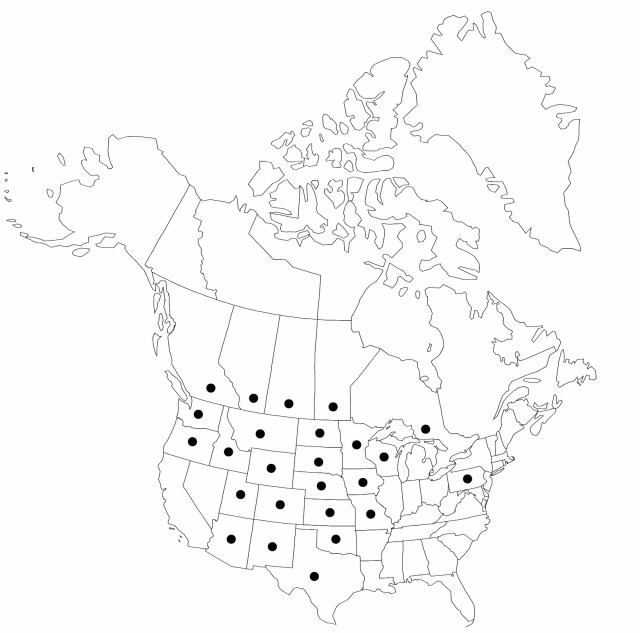Difference between revisions of "Scirpus pallidus"
Rhodora 8: 163. 1906.
FNA>Volume Importer |
FNA>Volume Importer |
||
| Line 7: | Line 7: | ||
|year=1906 | |year=1906 | ||
}} | }} | ||
| − | |basionyms={{Treatment/ID/ | + | |basionyms={{Treatment/ID/Basionym |
|name=Scirpus atrovirens var. pallidus | |name=Scirpus atrovirens var. pallidus | ||
|authority=Britton | |authority=Britton | ||
| + | |publication_title=Trans. New York Acad. Sci. | ||
| + | |publication_place=9: 14. 1889 | ||
}} | }} | ||
|synonyms= | |synonyms= | ||
| Line 51: | Line 53: | ||
|publication year=1906 | |publication year=1906 | ||
|special status= | |special status= | ||
| − | |source xml=https://jpend@bitbucket.org/aafc-mbb/fna-data-curation.git/src/ | + | |source xml=https://jpend@bitbucket.org/aafc-mbb/fna-data-curation.git/src/f6b125a955440c0872999024f038d74684f65921/coarse_grained_fna_xml/V23/V23_10.xml |
|genus=Scirpus | |genus=Scirpus | ||
|species=Scirpus pallidus | |species=Scirpus pallidus | ||
Revision as of 19:06, 24 September 2019
Plants cespitose; rhizomes short, tough, fibrous. Culms: fertile ones upright or nearly so; nodes without axillary bulblets. Leaves 5–10 per culm; sheaths of proximal leaves green or whitish; proximal sheaths and blades with septa many, conspicuous or not; blades 20–55 cm × 8–16 mm. Inflorescences terminal, rarely also with 1 lateral inflorescence from distal leaf axil; rays ascending or divergent (commonly both in same inflorescence), smooth throughout or scabrous at distal end, rays without axillary bulblets; bases of involucral bracts green or margins brown, not glutinous. Spikelets aggregated in a few dense clusters of 12–130 (largest cluster with 40–50+), spikelets sessile, narrowly ovoid, 4–5 × 1.8–2.3 mm; scales black or brownish black with pale midribs, elliptic to ovate, 1.6–2.8 mm, ending in terete or flat awn 0.4–0.6(–1.2) mm. Flowers: perianth bristles persistent, 6, rather stout, straight or curved, longest bristles equaling achene, with retrorse, thin-walled, round-tipped teeth in distal 0.3–0.5, enclosed within scales; styles 3-fid. Achenes pale brown or almost white, oblong-elliptic to elliptic or obovate in outline, plumply trigonous or plano-convex, 0.8–1.2 × 0.4–0.6 mm. 2n = 56.
Phenology: Fruiting late spring–early summer (Jul–Sep).
Habitat: Marshes, streamsides, ditches
Elevation: 100–1700 m
Distribution

Alta., B.C., Man., Ont., Sask., Ariz., Colo., Idaho, Iowa, Kans., Minn., Mo., Mont., Nebr., N.Mex., N.Dak., Okla., Oreg., Pa., S.Dak., Tex., Utah, Wash., Wis., Wyo.
Discussion
Scirpus pallidus has been confused with S. atrovirens. The awned rather than mucronate scales distinguish S. pallidus from all similar species. The perianth bristles are similar to those of S. atrovirens; the scales of S. pallidus are almost always black, rather than brownish as in S. atrovirens. Inflorescences of S. pallidus consist of relatively few, large glomerules (the largest glomerule in the inflorescence usually has 50 or more spikelets). Some individuals of S. atrovirens may have glomerules with as many as 65 spikelets.
Scirpus pallidus occasionally hybridizes with S. atrovirens.
Selected References
None.
